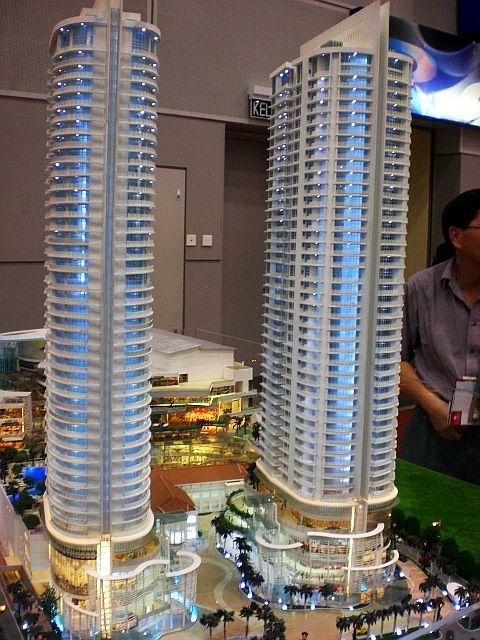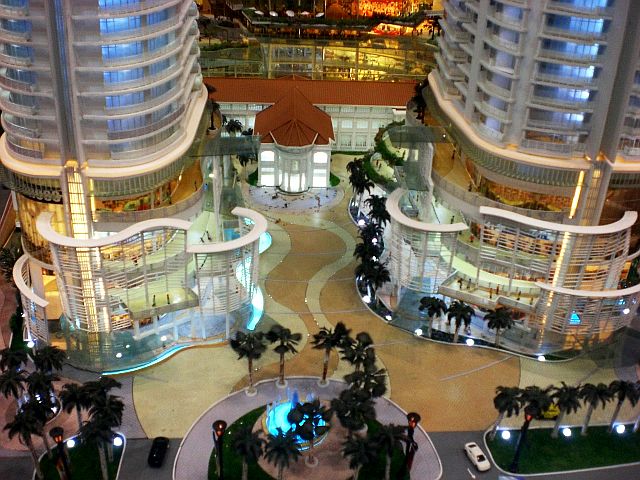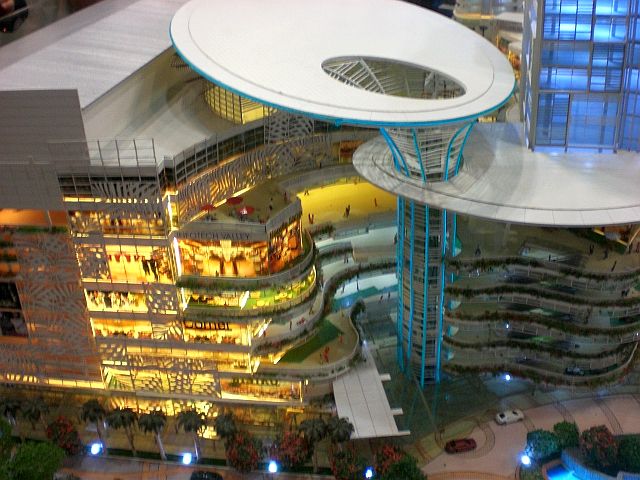Snack maker marketing new drink as lifestyle brand with link to Brazil
Mamee-Double Decker (M) Bhd, which has made a name for itself with its snacks and confectionery products, is targeting to grab a 6% share of the juice market with its orange juice drink Rio Fiesta.
Launched on Dec 9, the drink marks Mamee-Double Decker Beverage’s maiden foray into the fruit juice drink market.
“The juice market is growing globally in line with the healthy lifestyle and wellness trend. It is a very lucrative market. If Mamee can unseat Pringles with its Mr Potato in the crisps category and are behind Maggi in the noodles category, we believe that we can give the MNCs a run for their money,” said Thomas Ng, general manager of MDD Beverage Sdn Bhd.
Rio Fiesta’s main ingredient is Brazilian navel oranges. Brazil — the world’s largest exporter of oranges — also represents the festive party culture as seen in the annual Rio de Janeiro Carnival and football, said MDD Beverage senior brand manager Samuel Chan.
“Rio also sounds like ‘riuh’, which is derived from the Malay term ‘riang riuh’ meaning ‘happy and joyful sound’. Our aspiration is to elevate Rio Fiesta as a lifestyle brand that represents lifestyle, celebration and being happy,” Ng said during his speech at the launch which featured colourful samba performers, capoeira dancers and fire pois.
Mamee-Double Decker (M) Bhd CEO Datuk Pang Tee Chew said the pure chilled juice in ambient category, which includes Rio Fiesta, makes up an estimated 12% to 15% of the total beverage market. The company hopes the vitamin-enriched Rio Fiesta will appeal to consumers looking for a healthier fruit juice.
Juice and fruit juice products made up 84% of the total juice volume sold in Malaysia, said Ng, adding that MDD Beverage hoped to capture the 6% market share within the first year.
Currently, Tropicana Twister is the market leader in the bottled orange juice segment, said Ng. The total beverage market includes products such as carbonated soft drinks, tea, Asian drinks and energy drinks.
MDD Beverage is on track to achieve RM8 million in profit before tax for FY2010 ending Dec 31, said Ng. He expects the juice business to contribute RM30 million to MDD’s total revenue by end of next year.
For FY2009, the beverage sector contributed 15% of Mamee-Double Decker’s group revenue; another 7% came from the cultured drinks segment. Ng said the beverage sector is the third largest business of the Mamee-Double Decker group after snacks and confectionery (57%) and noodles (23%).
Ng said MDD Beverage is not a newcomer to the industry; it was previously known as East Coast Bottling Sdn Bhd and was acquired by Mamee-Double Decker in 1994. “East Coast Bottlers was in the red then but we turned around the business in 2000 and it has been profitable for the last 10 years,” he said.
Other drink brands in MDD Beverage’s portfolio are Cheers carbonated and non-carbonated drinks and Diamond Spring mineral water. Ng said the company is also the OEM manufacturer for F&N’s 100 Plus drink in Singapore, Coca-Cola’s A&W and Schweppes drinks in Singapore and GlaxoSmithKline’s Ribena in Asia-Pacific. “We’ve also started trial production for Pokka Singapore,” said Ng.
MDD Beverage has been keeping a low profile in the urban markets where the competition is “entrenched” and has been establishing itself in the rural to semi-urban markets, said Ng.
“In places such as Kuantan and Triang, our soft drinks brand Cheers is well-known for its lower price point,” he said. By 1Q next year, MDD Beverage would be launching more of its brands, such as Cheers, in the urban market.
Currently, Mamee’s Cheers and Lite Yo yoghurt drink are undergoing a packaging redesign, led by creative agency Spin Communications. To promote Rio Fiesta, MDD Beverage is investing RM3.5 million into advertising and promotion.
Creative agency Kinetic Communications has been engaged to execute Rio Fiesta’s above-the-line and below-the-line advertising campaign, which includes print, radio, outdoor, TV and ambient media.
MDD Beverage is also partnering Tesco hypermarkets to display Rio Fiesta in-store ambient ads on drink coolers and will be promoting the drink at TV3’s Jom Heboh carnival events nationwide in future.
Ng believes that Rio Fiesta would stand out among the competition because of its strong lifestyle branding and localised taste, which is the result of a year’s research and development.
“We will be leveraging on the Mr Potato and Mamee Monster Snack to cross-promote Rio Fiesta in petrol (station) marts, convenience stores and supermarkets as a combo pack, where consumers can snack and drink at the same time,” said Ng. |
 I always like Mamee due to their strong cash position, good branding and widely recognized brand. Who doesn't know Mister Potato, Mamee Monster, Mamee Double Decker snack, Nutrigen, Mamee Noodle, and now they are going to launch a new product, fruit juice..i like it. This market i believe is dominated by CI Holding (twister) and MDI (Peel Fresh). Hopefully will turn out better than fruit nation, as i dont think they have done enough in term of product positioning in the market for fruit nation. Overall, Should be good since they have a good trackrecord in term of product marketing and branding. Another F&N in the making? Hopefully.
I always like Mamee due to their strong cash position, good branding and widely recognized brand. Who doesn't know Mister Potato, Mamee Monster, Mamee Double Decker snack, Nutrigen, Mamee Noodle, and now they are going to launch a new product, fruit juice..i like it. This market i believe is dominated by CI Holding (twister) and MDI (Peel Fresh). Hopefully will turn out better than fruit nation, as i dont think they have done enough in term of product positioning in the market for fruit nation. Overall, Should be good since they have a good trackrecord in term of product marketing and branding. Another F&N in the making? Hopefully.









